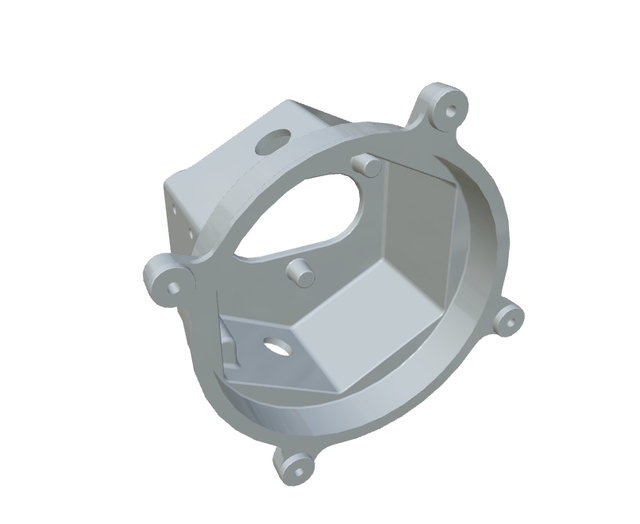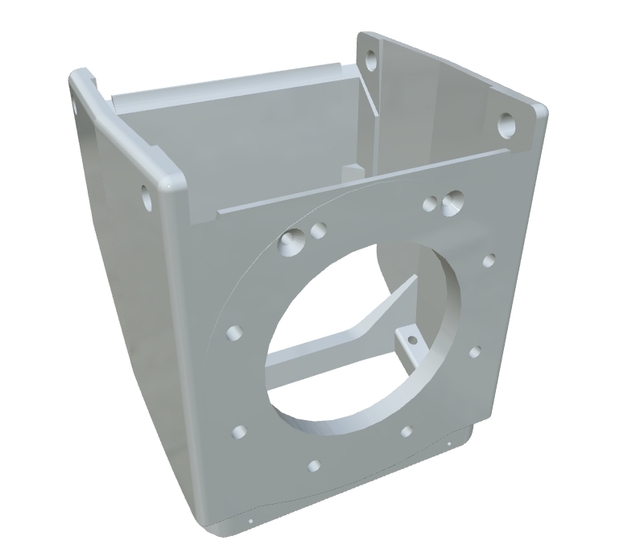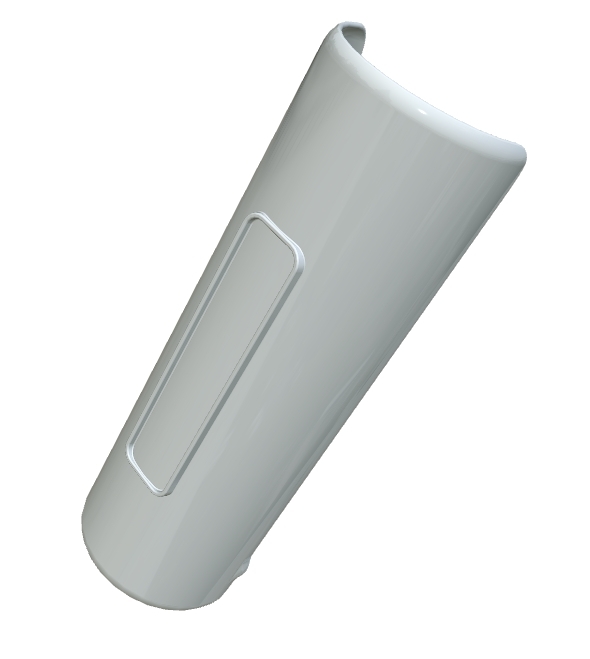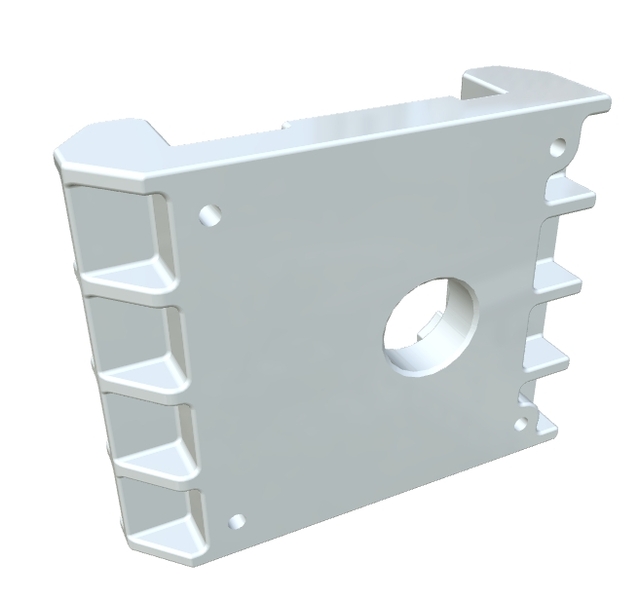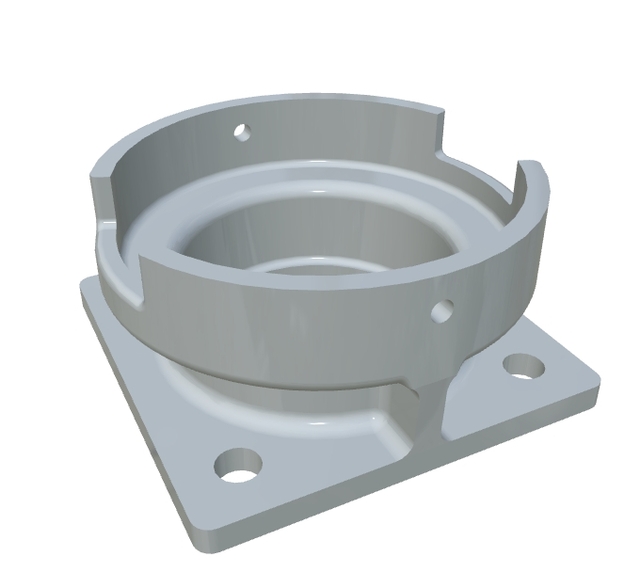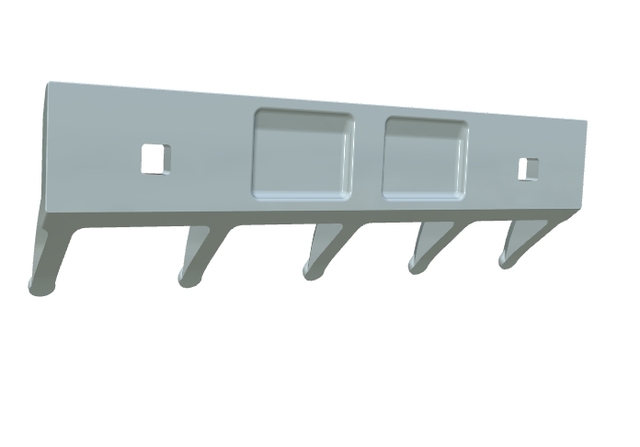The **sand casting process** is a foundational method in the manufacturing industry, particularly valued for its versatility and cost-effectiveness. This technique involves creating metal components by casting molten metal into sand molds. Over the years, the process has become widely adopted in diverse industries, including automotive, due to the multitude of benefits it offers over other manufacturing techniques.
One of the primary **benefits of sand casting** is its ability to handle complex shapes and sizes that other casting methods may find challenging. This makes it particularly suitable for producing parts like the automotive transmission system, where precision engineering and efficiency are paramount. The materials used in sand casting are predominantly silica sand, clay, and water, which are molded around a pattern of the desired shape, creating a negative impression to house the molten metal. The sand casting materials are key to ensuring the quality of the final product, providing the necessary durability and stability.
However, like any other industrial process, sand casting is not without its challenges. **Sand casting defects**, such as shrinkage, porosity, and surface imperfections, can occur, but with advanced techniques and vigilant quality control, such issues can be minimized. Understanding **how sand casting works** allows manufacturers to optimize the process, ensuring that components such as the cutting-edge automotive transmission system are crafted with precision. This precision is crucial in automotive applications, where the seamless integration of parts can significantly impact performance and fuel efficiency.
When comparing **sand casting vs metal casting**, the former stands out for its economical nature, especially in producing small-batch items or prototypes. Additionally, the sand casting techniques have evolved substantially, allowing for enhanced accuracy and surface finish, making it a viable alternative for parts previously restricted to metal casting methods. This adaptability is a testament to the sand casting process's enduring relevance in industries focused on innovation and efficiency. Types of sand casting include green sand casting, dry sand casting, and shell mold casting, each offering unique benefits depending on the specific requirements of the product.
In conclusion, the sand casting process continues to play a significant role in the production of vital components such as automotive transmission systems. This process not only supports the demand for high-quality, durable parts but also aligns with the industry's pursuit of balancing power and economy through advanced technology. As manufacturers strive for excellence, the incorporation of modern **sand casting techniques** enhances their ability to deliver sophisticated and functional products, embodying the future of automotive technology.
No data
砂型铸造技术:复杂设计的现代方法
获取最新价格 >
| Label | Value |
|---|---|
| 品牌 | LS 定制零件制造商 |
| 定制服务 | 金属铸造, 沙子铸造, 低压铸造, 高压铸造, 投资铸造 |
| 绘图格式 | 2D/(PDF/CAD)、3D(IGES/STEP/GLB) |
| 材料功能 | 铝、黄铜、青铜、铜、硬化金属、贵金属、不锈钢、合金、TPR |
| 样本 | 自由 |
| 供应能力 | 每天 100000 件 |
| 表面光洁度 | 定制整理 |
| 厚度 | 定制厚度 |
| 类型 | 拉削/钻孔/蚀刻/化学加工/激光加工/铣削/车削/线切割/快速成型/其他加工服务 |
| 服务业 | CNC加工,金属铸造,注塑成型,钣金制造,快速成型,3D打印 |
查找类似的产品
产品描述
评论
接触
准备通过LS Manufacturing开始您的下一个项目了吗?
立即与我们联系,以了解有关我们服务的更多信息,以及我们如何帮助您实现目标。
 LS Hardware Tech Co., Ltd
LS Hardware Tech Co., Ltd迅速的交货时间从仅1个工作日开始。
ISO 9001,ISO 14001,IATF 16949和AS9100D认证。
有100多种可用的材料,有50多个表面饰面。
具有成本效益的质量生产。
订购低至1件。

